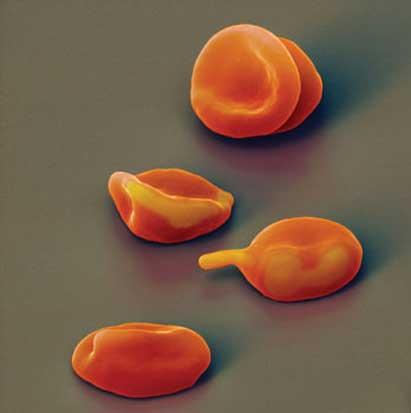Innovative treatment against malaria

Most cases of malaria are known to occur in sub-Saharan Africa and need cheap and effective medicines. The strategy developed by researchers from the University of Montpellier II and the French CNRS seems to meet these requirements. Based on the strategy used by the parasite Plasmodium for its expansion in the body, they have managed to cure mice and monkeys.
The plasma parasite is introduced and reproduced in red blood cells. Inside, each of the parasites creates about 20 descendants that will then come out and colonize healthy red blood cells. The parasite is able to colonize and destroy 70% of the red blood cells. People affected by malaria suffer from violent anemia, fever and seizures and most die.
But French researchers have managed to inhibit a fundamental step in the reproduction of the parasite. The Plasmodium parasite protects its descendants with a lipid membrane. Without membrane, the descendants die. The membrane is constructed from the hill in the blood plasma, and researchers have managed to disable the parasite for use. By injecting mice and monkeys affected by malaria medicine called G25, the animals were cured quickly and completely. G25 only affects red cells contaminated by the parasite, as healthy cells do not synthesize lipids.
The tests were performed with the variety Plasmodiun falciparum, the most aggressive of all. As the G25 is capable of eliminating parasites resistant to conventional medicines and can be synthesized easily and cheaply, it seems very appropriate for use in Africa. Researchers have announced that within two years they will be able to start previous clinical sessions.
Buletina
Bidali zure helbide elektronikoa eta jaso asteroko buletina zure sarrera-ontzian











